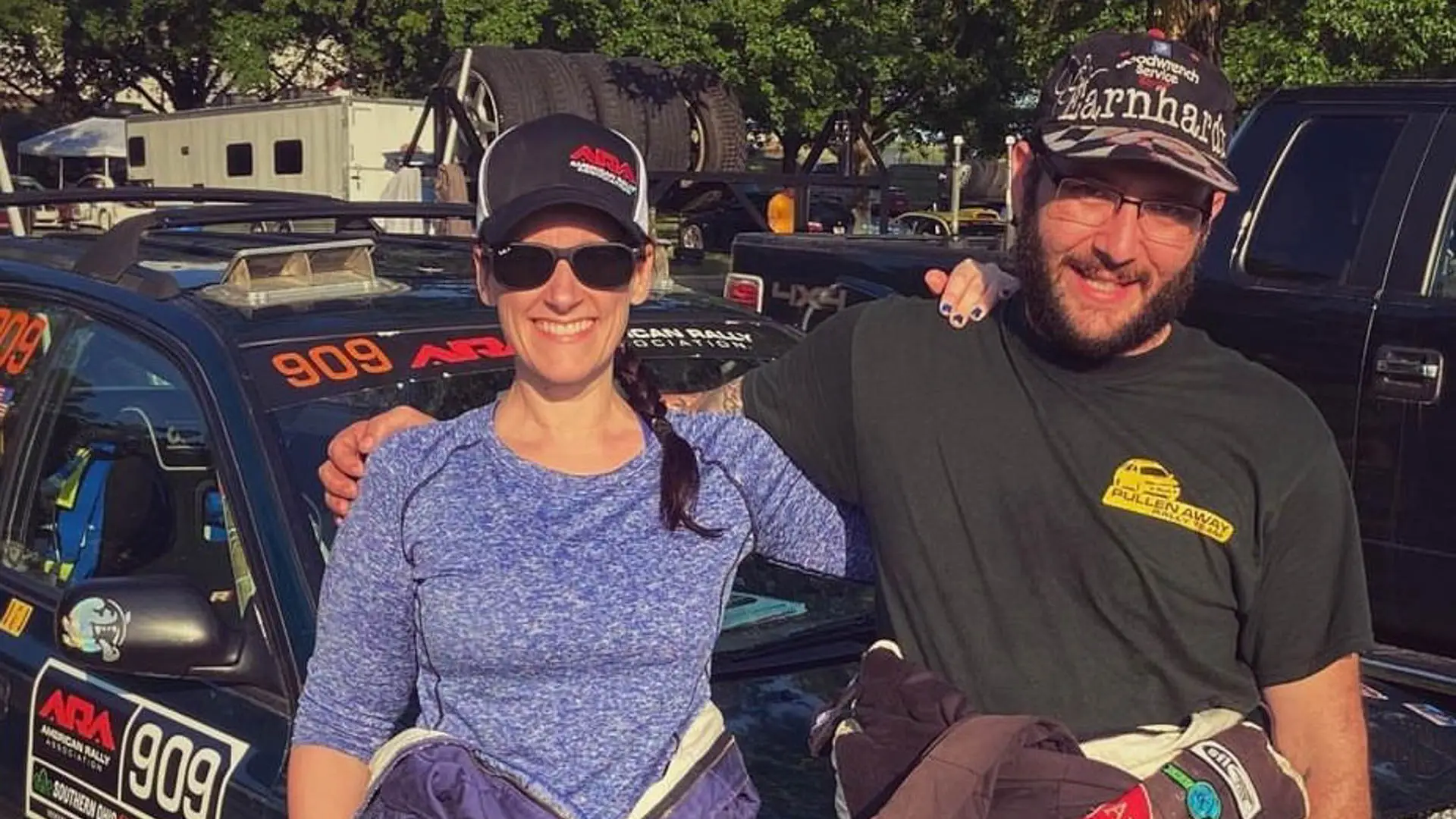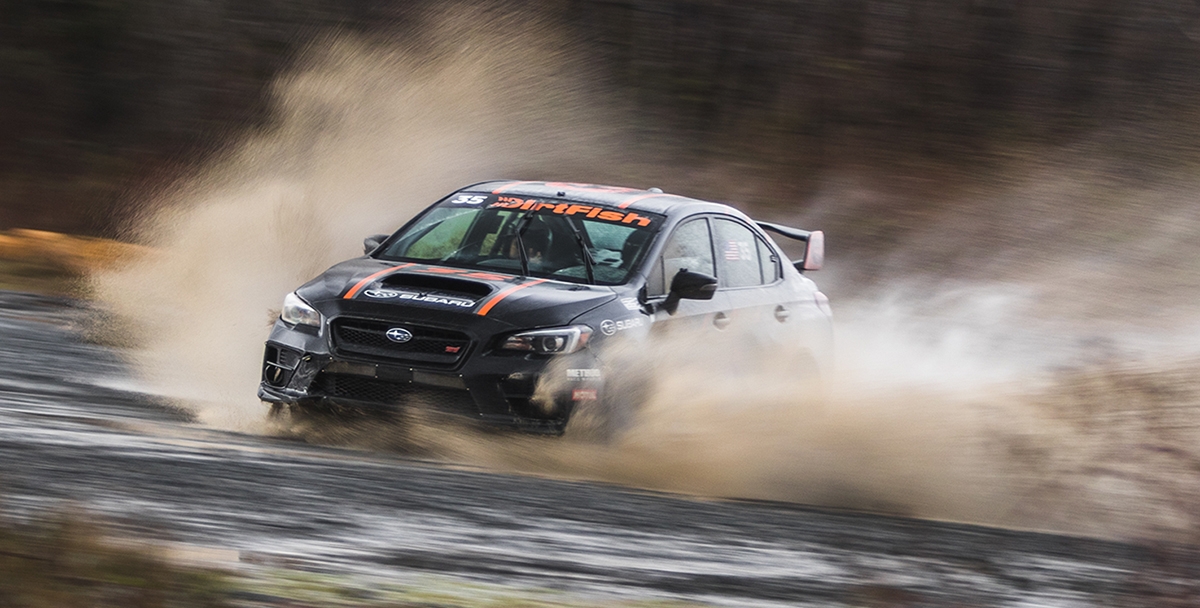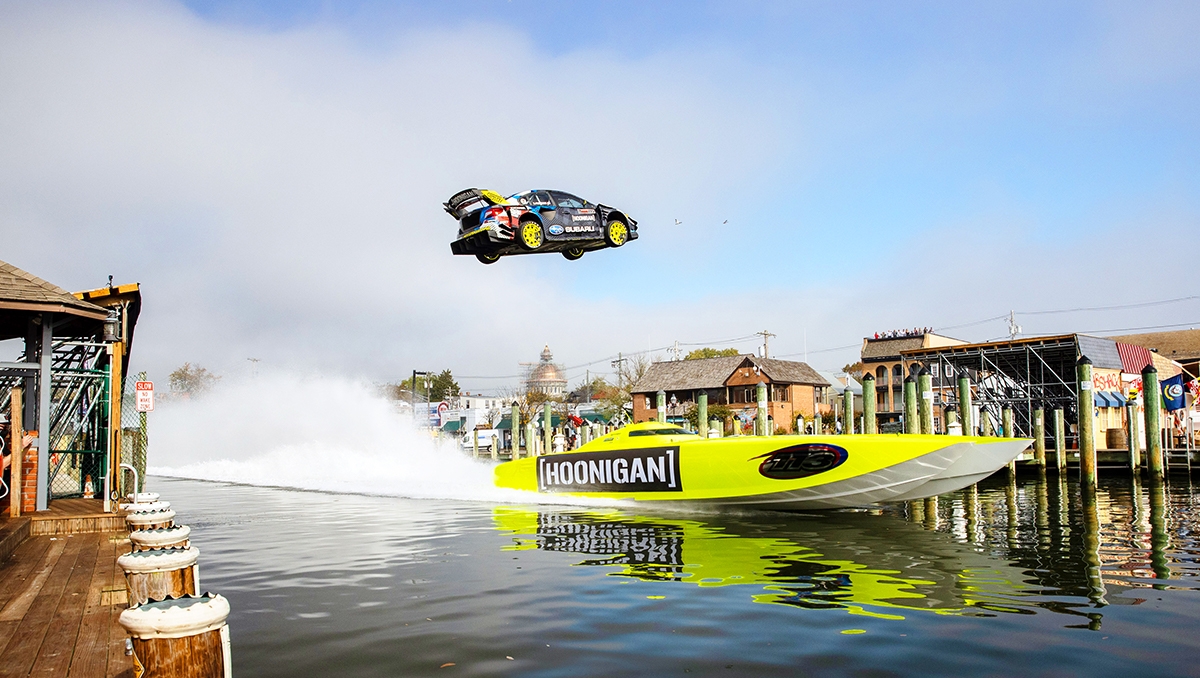Stomping the throttle on a deserted freeway on-ramp may briefly satiate your need for speed, but there’s really no substitute for a session on a proper racetrack.1 Purpose-built to probe the limits of both driver and machine in a controlled environment, track driving not only provides a thrilling experience behind the wheel, but it also teaches you more about a vehicle’s behavior and will help make you a safer motorist out on the road.
But making the leap from the street to the road course can seem convoluted, expensive and maybe even a bit intimidating.
Fortunately, as high-performance activity has risen significantly in recent years, both track organizers and sanctioning bodies, such as the National Auto Sport Association (NASA), have introduced programs specifically designed to help folks get their cars on the track with minimal hassle and expense.

This past summer, we met Joel Arel from Auburn, Maine, and Ally Newcomb, his 25-year-old daughter from South Portland, at just such an event. Held at Palmer Motorsports Park in Palmer, Massachusetts, the track’s Up-To-Speed High Performance Drivers Ed school provides training from the ground floor up, consisting of sessions both in the classroom and on the track with tutelage from experienced instructors who focus on the core concepts of safety as well as vehicle dynamics.
Arel manages the service department at Evergreen Subaru in Auburn, and he’s also no stranger to performance driving. An experienced autocrosser and wheel-to-wheel racer, Arel campaigned a race-prepped 2002 Subaru Impreza WRX in the Sports Car Club of America® STU race class, winning a championship title back in 2012. When Newcomb expressed an interest in track driving, they loaded the WRX onto a trailer and headed over to Palmer to check out its introductory program.
“Ally wanted to get out there and drive fast,” he says. “But we also knew it was important for her to get the training that would teach her the safety aspects of track driving and how to respect other drivers on the course. Where you pick your lines, paying attention to your mirrors and the flag stations – we wanted to make sure she was familiar with all of that before she headed out on track.”
Programs like these are typically a requirement before drivers are given the green light to participate in solo track days, as they ensure that everyone behind the wheel is on the same page.
Newcomb – who also works at Evergreen Subaru as a sales consultant – came into the program with some autocross experience already under her belt, but she’s quick to point out that the program focuses on the fundamentals to make sure drivers with no performance experience are just as comfortable with the basics before they’re unleashed on the road course.

“The classroom element of the program explained things like the racing line, how to clip [an] apex, how to safely pass another car, what the various flags mean and that sort of thing,” Newcomb says. “And once we were out on track, I had an instructor riding along with me who showed me the racing line as we went around the course. It’s about how to be safe on track while having fun at the same time.”
Students are out on the track with plenty of other cars and passing is legal in many sections of the track, so they’re given instruction on how to signal faster cars that it’s safe to pass. This safely puts students in real-world racing situations.
– Ally Newcomb
Driving instructors such as Mike Paisan often prove to be an invaluable resource for folks who are new to track driving. By day, Paisan manages operations at AZP Installs, the performance shop he founded out of his parents’ garage back in 2000. Now operating out of a 3,000-square-foot space in Kenilworth, New Jersey, the shop keeps Paisan plenty busy, but he’s always found time for the racetrack.
“I started autocrossing in 2001, and I did my first track event with NASA toward the end of that year,” he explains. “I instantly fell in love. I went from doing one track event in 2001 to doing about 40 of them in 2002. I was at the track about three weekends a month from April through September.”
It takes enthusiasts to teach other enthusiasts racing fundamentals. It wasn’t long before NASA officials took notice. “One day we went to a NASA Northeast event, and they happened to be shorthanded,” he says. “The organizers knew how much track time I’d had at that point, and they asked if I’d hop in the passenger seat and instruct some new drivers. I’ve been instructing ever since.”
Along with his teaching duties, Paisan also serves as a race director for NASA’s Northeast Region and has directed timing and scoring for NASA’s national events for a number of years. He notes that starter courses, such as NASA’s Hyperdrive events, aren’t just a low-cost path in to track driving – they can prove to be something of a gateway drug too.
“Over my 15 years of being involved, I’ve seen people go from having no previous performance driving experience to racing McLarens in the IMSA® series.”
But that doesn’t mean you need a race-prepped machine and a bunch of expensive equipment to get started. “You don’t need a crazy sports car to do this,” he says. “You basically need a leak-free vehicle with a decent set of tires and well-maintained brakes. That’s about it.” Anything including your dad’s Legacy Wagon is legitimate, with his permission, of course.
Having your own Snell-rated helmet isn’t always a requirement, but Paisan suggests getting one anyway. “Some organizations will rent them out. But helmets are kind of personal, so I recommend getting your own.” Palmer offers head socks that students can wear under the rental helmets.
While there’s a small initial cash layout to get up and running, Newcomb says that it was well worth the expense. “It was amazing,” she says. “I’ve driven fast before, but nothing compares to actually being on a track. Being able to just put the hammer down and go as fast as you want to is a real adrenaline rush. I definitely want to go out more – there’s a few other road courses in New Hampshire and Massachusetts that I think we’ll look into for more track days in the future.”
1 Racing vehicles shown are driven by professionals on closed courses. Do not attempt. All Subaru vehicles sold by Subaru of America are designed and built for normal driving conditions. The Subaru Limited Warranty, as well as the Subaru Added Security® program, may exclude damage or failure resulting from modifications or participation in competition or racing events. See the Subaru Warranty and Maintenance booklet for further details.





